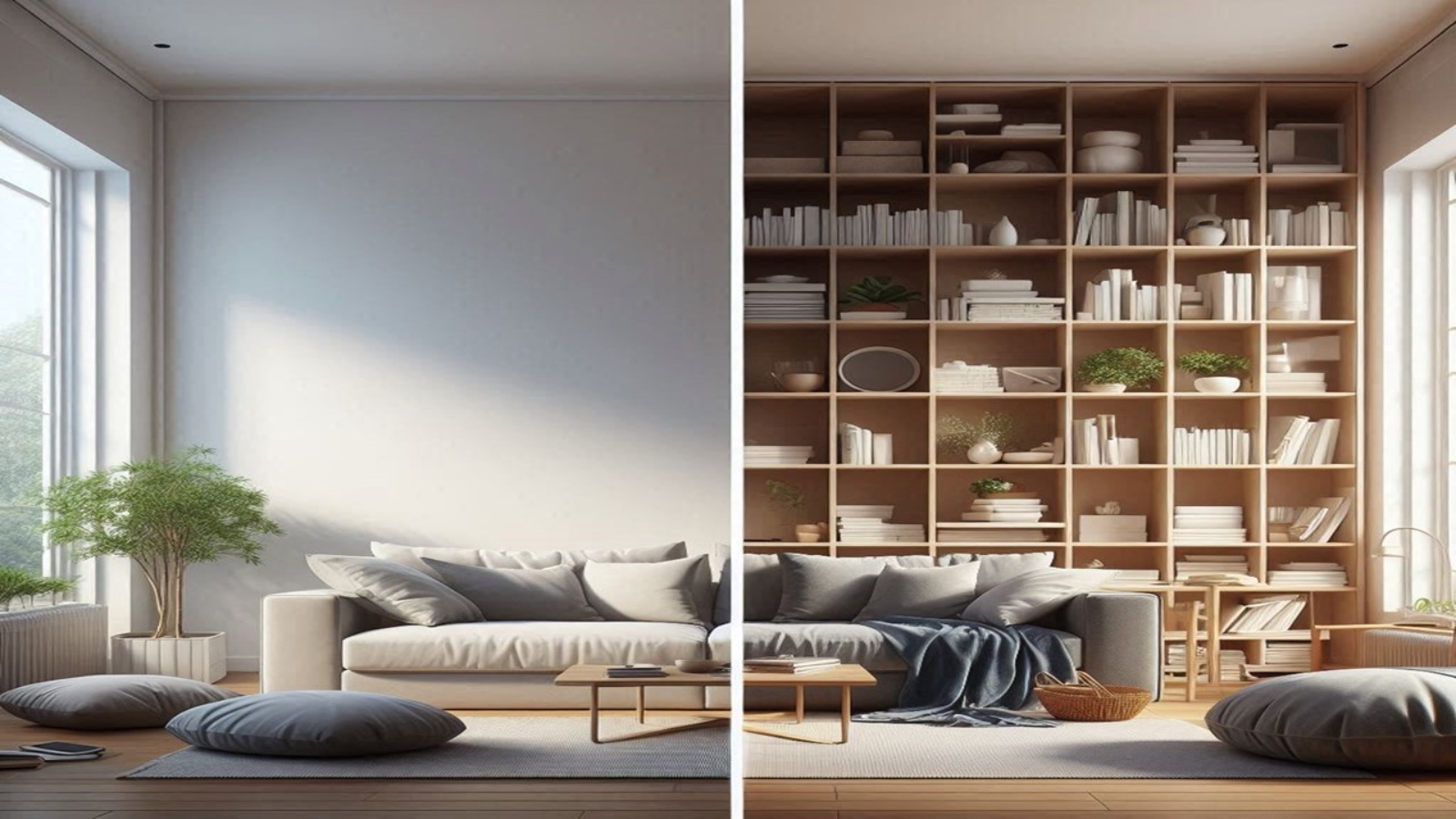Minimalist living is more than just a trend—it’s a lifestyle choice that emphasizes simplicity and the intentional use of resources. By focusing on what truly matters, minimalist living can bring a sense of clarity, peace, and happiness to your life. Here’s a guide to help you understand and embrace minimalist living.
What is Minimalist Living?
Minimalist living is about reducing excess and focusing on what adds value to your life. It involves decluttering your physical space, simplifying your schedule, and being mindful of your consumption. The goal is to create a life that is rich in experiences rather than possessions.
Benefits of Minimalist Living
- Less Stress: A clutter-free environment can reduce anxiety and create a more peaceful atmosphere.
- More Freedom: Owning fewer things means less to clean, maintain, and worry about, giving you more time and energy for what you love.
- Financial Savings: By buying less, you save money and can focus on experiences rather than material goods.
- Environmental Impact: Consuming less and choosing sustainable options can help reduce your environmental footprint.
Steps to Embrace Minimalist Living
1. Declutter Your Space
Start by going through your belongings and asking yourself what you truly need and use. Here’s how:
- Start Small: Tackle one room or even one drawer at a time.
- Keep, Donate, or Discard: Sort your items into three categories. Keep what you need, donate what you don’t use, and discard what’s broken or unnecessary.
- Be Honest: Ask yourself if each item adds value to your life or if it’s just taking up space.
2. Simplify Your Wardrobe
A minimalist wardrobe can make getting dressed easier and less stressful:
- Capsule Wardrobe: Choose a few versatile pieces that you love and that can be mixed and matched.
- Quality Over Quantity: Invest in durable, high-quality items instead of fast fashion.
3. Mindful Consumption
Being mindful about what you bring into your life can help maintain a minimalist lifestyle:
- Intentional Purchases: Before buying something new, ask yourself if it’s necessary and if it will add value to your life.
- Reduce Impulse Buys: Wait 24 hours before making a purchase to ensure it’s something you truly need.
4. Simplify Your Schedule
Minimalism isn’t just about physical items; it’s also about time and commitments:
- Prioritize: Focus on what’s most important to you and let go of unnecessary obligations.
- Say No: It’s okay to decline invitations or requests that don’t align with your priorities.
5. Digital Declutter
In the digital age, minimalism also extends to our online lives:
- Organize Your Files: Keep only what you need and delete the rest.
- Limit Screen Time: Be mindful of how much time you spend on digital devices and social media.
Tips for Maintaining a Minimalist Lifestyle
- Regular Decluttering: Periodically go through your belongings to keep clutter at bay.
- Mindful Habits: Develop habits that support a minimalist lifestyle, such as cleaning as you go and staying organized.
- Gratitude: Focus on appreciating what you have rather than constantly seeking more.
Conclusion
Minimalist living is a journey, not a destination. It’s about making conscious choices to create a life filled with purpose, joy, and simplicity. By reducing excess and focusing on what truly matters, you can find more freedom, peace, and happiness. Start small, be mindful, and enjoy the process of creating a more minimalist lifestyle.

 Cart is empty
Cart is empty 
Leave A Comment